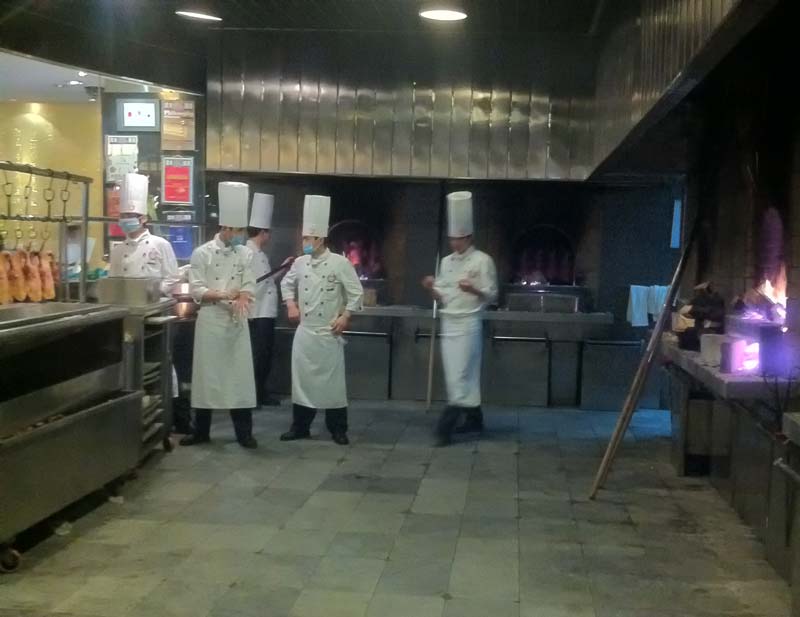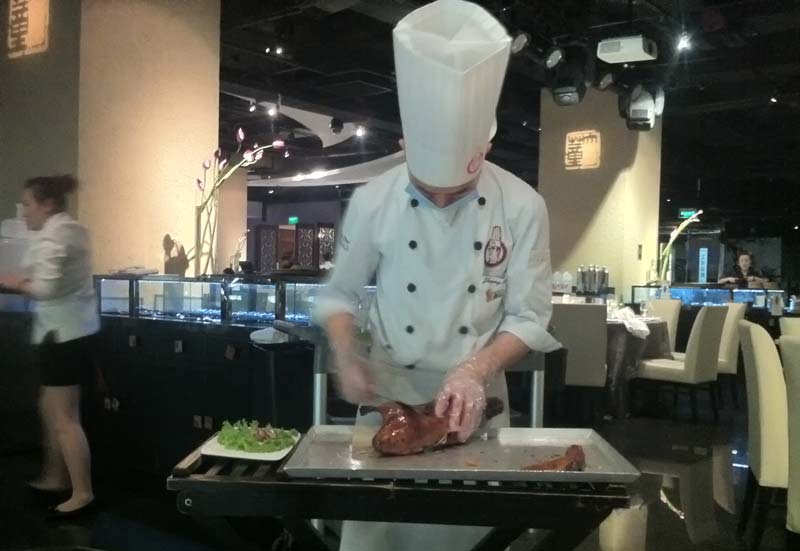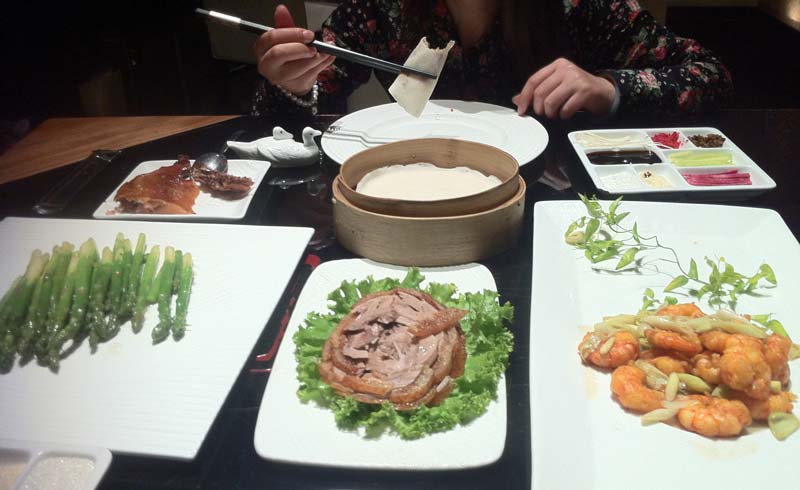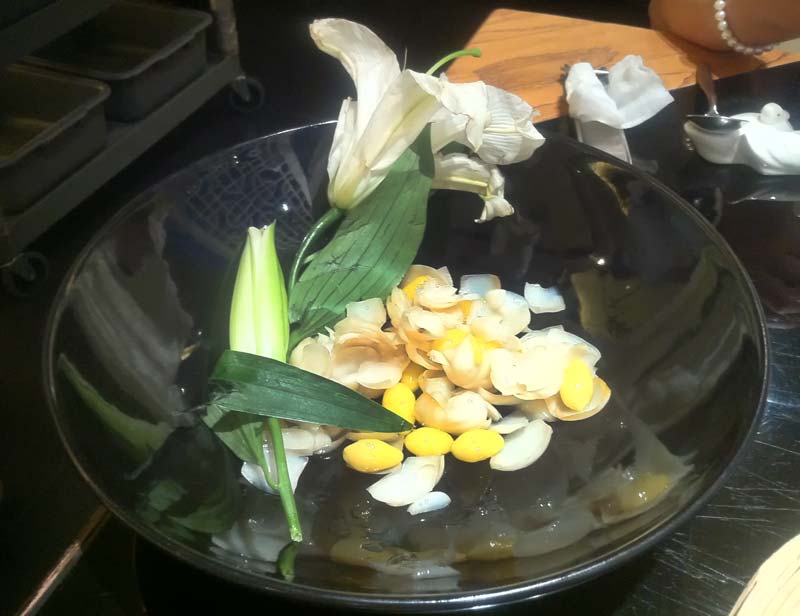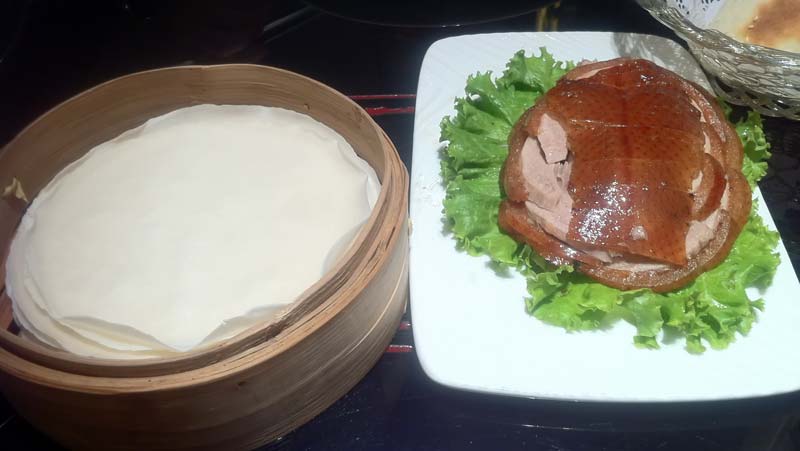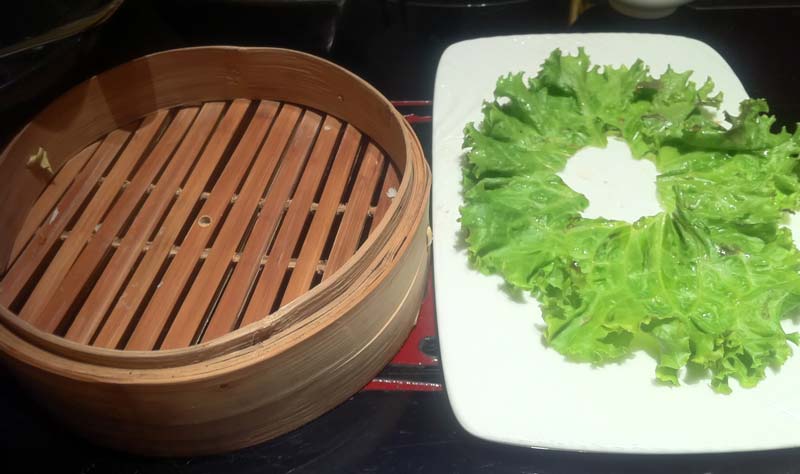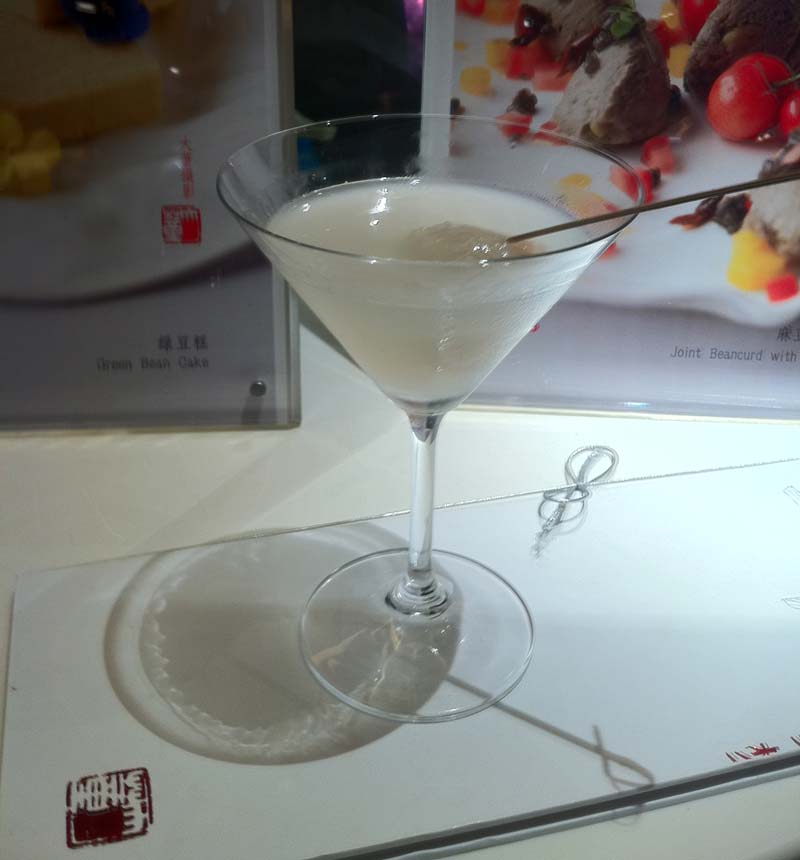吉姆 JIM HOFMAN | Photography Faces & places in China
Beijing – Peking Duck
Peking Duck (now Beijing Duck) is an experience, not a meal. We went to DaDong (translation: “Tall Mr. Dong”. No joke.), which is apparently the number two duck restaurant in Beijing. It was only two blocks from the hotel and was so amazing we went there for dinner two nights in a row. The prices weren’t stupid-expensive either. A half duck, which is plenty for two people, was about US$15.00. The decor was beautiful. It would fit in well in NYC or LA.
The head chef of DaDong has developed a cooking method for duck that eliminates the primary complaint with duck – the greasiness. Typically Peking duck is first boiled, then air-dried. The air drying process caught the attention of US health departments and now it’s nearly impossible to find an authentic Peking duck in the US. China isn’t quite as caught-up in cooking hygiene, so you can still get a great duck. The photos below show the whole process except the boiling.
The dried ducks are wheeling into a glass-walled roasting room. About 10 ducks are hung in wood fired ovens and roasted. The final stage is for a chef to sear the outed skin to make it crispy and delicious. The delicacy in Peking duck isn’t the meat, it’s the skin. The duck is presented at the table and carved table-side. The chef takes great care to make certain almost every piece of duck has some crispy skin attached to it.
Peking duck is eaten in a pancake and is dressed with assorted condiments. The traditional add-ons include dark plum sauce and scallions, but DaDong serves a whole tray of goodies to tuck inside the pancake with the duck. Radish strings, sea salt, garlic, and melon rind (I think). There’s an art form to rolling the pancake and eating it. It’s like making a mini-burrito. Make it wrong and you’ll be picking up your duck from your lap.
[map id=”map2″ w=”950″ h=”300″ z=”9″ maptype=”TERRAIN” lat=”39.905819″ lon=”116.3977″ marker=”yes” infowindow=”PHOTO LOCATION
Beijing, China“]
